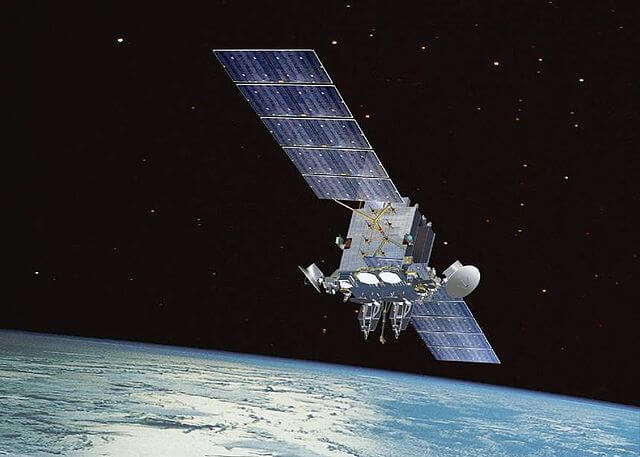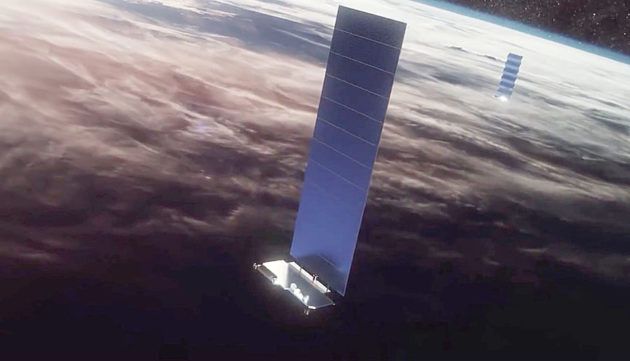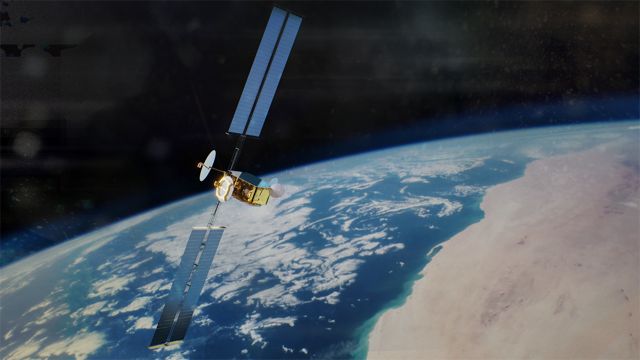The launcher market is evolving. Between mini rockets like Rocket Lab’s Electron rocket and the mastodons like SpaceX’s Falcon Heavy, the launchers’ offer is diversifying. This inevitably has an impact on the way satellites are thought. As satellite mega-constellations begin to be deployed, the role and architecture of traditional communication satellites in geostationary orbit are questioned.
Traditional geostationary satellites orders are declining
For over two years now, orders for these big satellites have been declining. Until the middle of 2010, there was an average of twenty orders a year. In 2017, the entire sector has garnered 7 new orders for geostationary satellites, and only 5 new orders in 2018. This is a little better in 2019, but the trend has not returned to the same level as there is 5 years.
These market developments were the subject of much discussion during the World Satellite Business Week which took place in Paris last week. Satellite operators are reluctant to place new orders in part because they have trouble projecting themselves in the long run. Usually, large satellites in geostationary orbit are launched for missions of about fifteen years. Therefore, they represent a significant investment in a strategy. But today it is very difficult to predict what will be the uses of these satellites in 15 years.

Reprogrammable satellites, the miracle solution?
Satellite operators are therefore putting forward a new and growing need. They want reprogrammable satellites, for example a satellite that could be launched next year to provide a satellite television service but that could be completely reprogrammed five years later to focus on providing the internet. The uses and coverage of the satellite become very flexible, allowing satellite operators to adapt to a changing market.
Satellite manufacturers are well aware of this need and already offer new platforms, such as OneSat at Airbus, the 702X series at Boeing and the Space Inspire platform at Thales Alenia Space. Since these satellites are designed from the outset to be very flexible, it becomes possible to produce them in series for different satellite operators, which should lower manufacturing costs and simplify launches. These new platforms are also less massive and offer a lower speed than the gigantic telecommunication satellites which usually take off thanks to heavy launchers.
The reprogrammable satellites should begin to be launched in large numbers from 2022 or 2023. But so far we don’t know what place they will have in front of the satellite mega-constellations and how they will influence the commercial strategies of launch companies like SpaceX and Arianespace.


